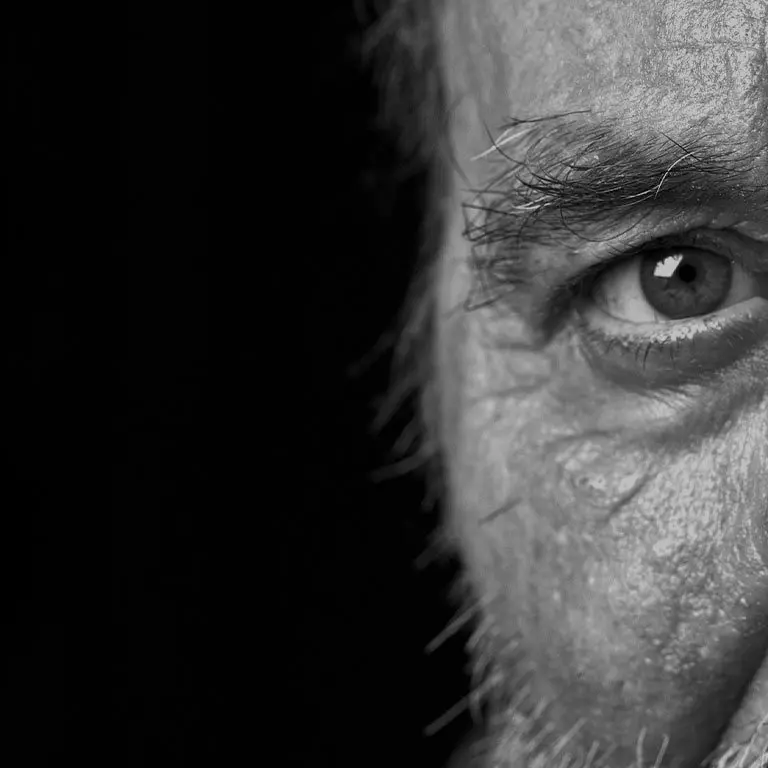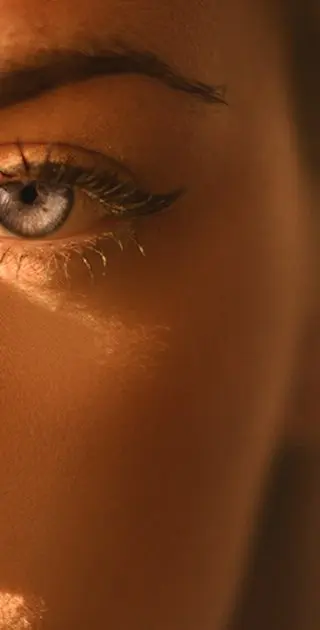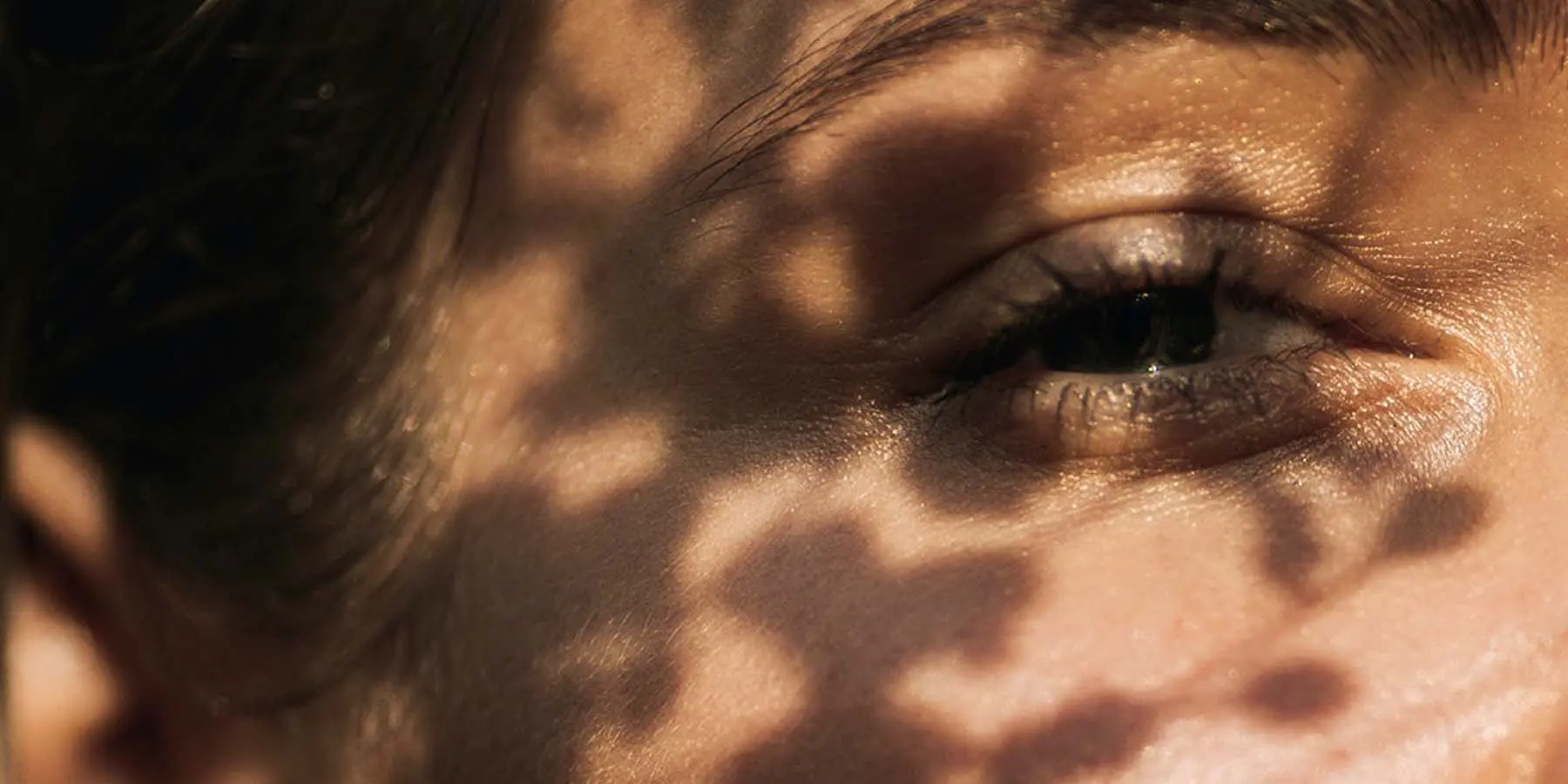




Fuch’s endothelial dystrophy (FED) is a slow, progressive disease characterised by a gradual loss of endothelial cells from the inner layer of the cornea. If the number of cells drops below a critical density the cornea will begin to become cloudy and blur the vision. Although early signs of the dystrophy can be seen in people in their 30s and 40s, the disease doesn’t usually affect the vision until the person reaches their 60s or later. Thankfully, many patients may have microscopic signs of FED without ever having any significant visual symptoms.
What are the Symptoms?
What are the Causes?
Collectively, corneal endothelial cells form a pump which clears fluid from the middle layer of the cornea known as the stroma. This helps to maintain the natural transparency of the cornea which is pivotal to clear vision. In Fuchs dystrophy, these endothelial cells deteriorate and their total number declines; causing the cornea to swell and cloud the sight.
There is a known hereditary link to the development of Fuchs dystrophy, however, the genetic association is not fully understood.


What is the Diagnosis?
Patients with subtle corneal changes may simply require routine monitoring by a corneal specialist. If the dystrophy begins to impact the sight, sodium chloride 5% eye drops can be prescribed which draws water out of the cornea via osmosis. In more advanced cases, a corneal graft may be considered more appropriate. The two main forms of this graft procedure, DSAEK and DMEK are both available at Laser Vision. Consultant Ophthalmologist, Mike Tappin, played a role in the development of the pioneering technique of endothelial cell transplantation now known as DMEK; being the first surgeon in the UK to perform this technique in 2005.


Treatment Options
Choosing the right vision correction clinic for your surgery is paramount. This is a life changing procedure after all, and you need to have complete trust in your surgeon and care team of professionals.
Our Technology
We invest in the latest equipment hand chosen by our surgeons, so that we can deliver outstanding results with the safest surgery possible.